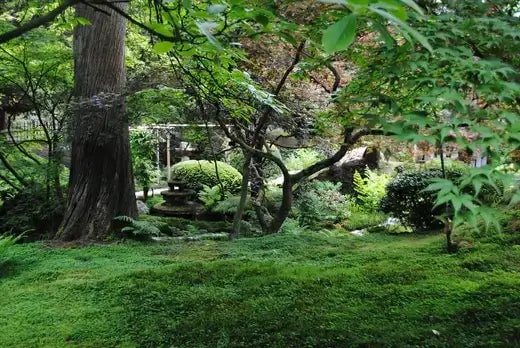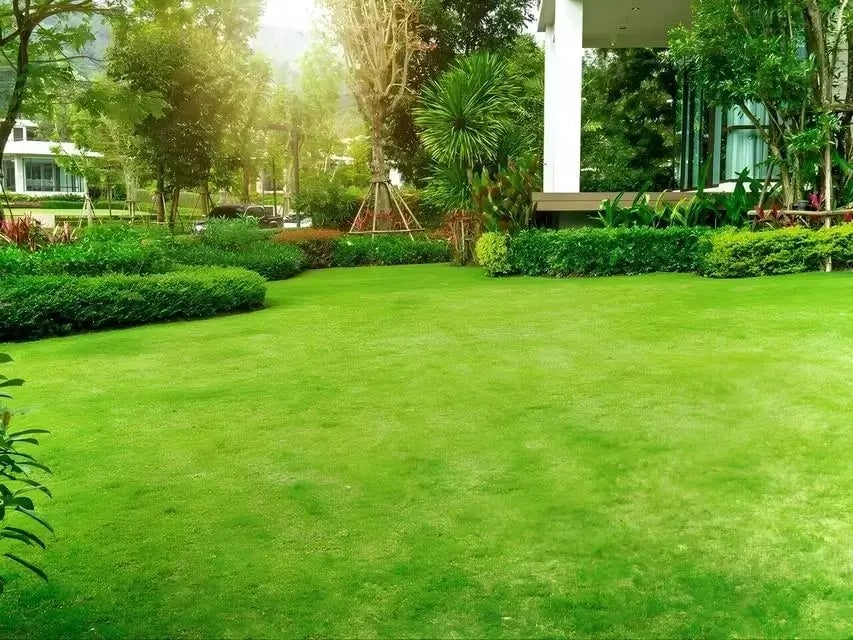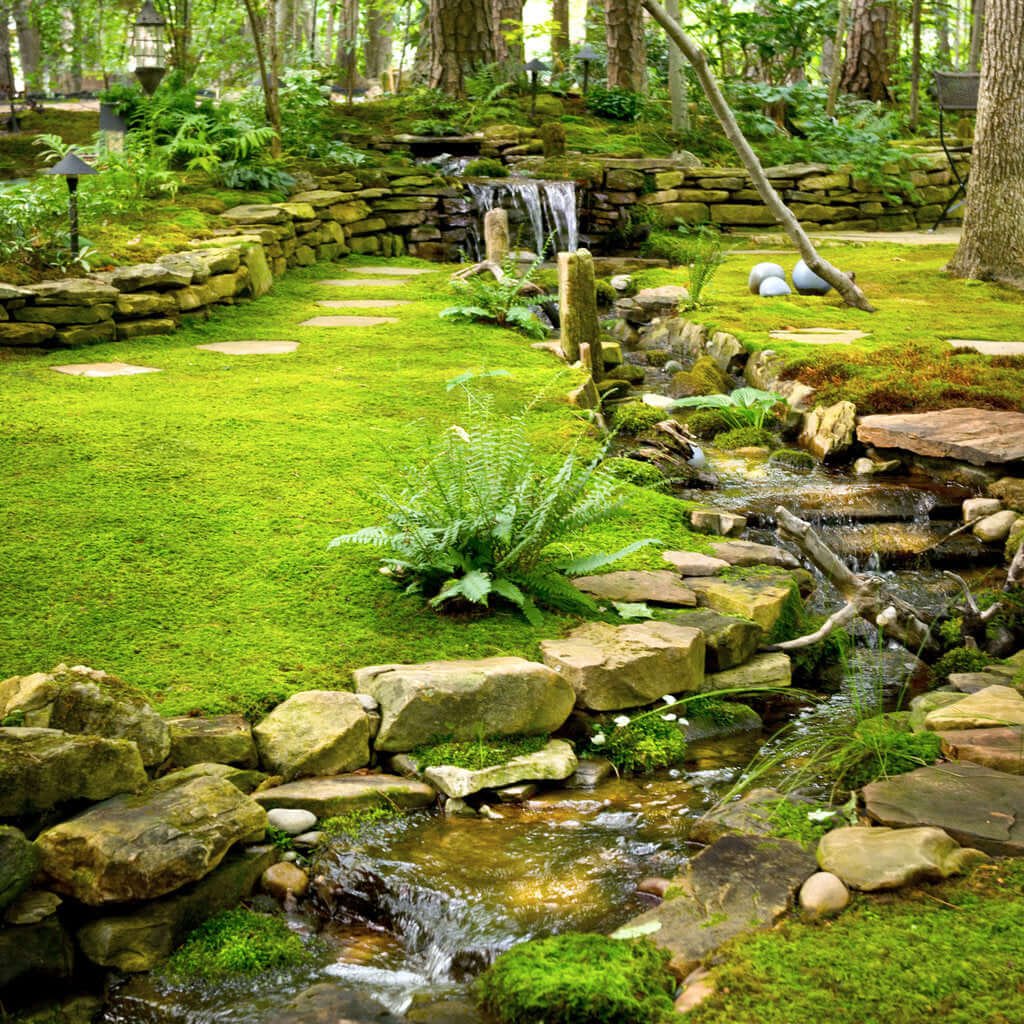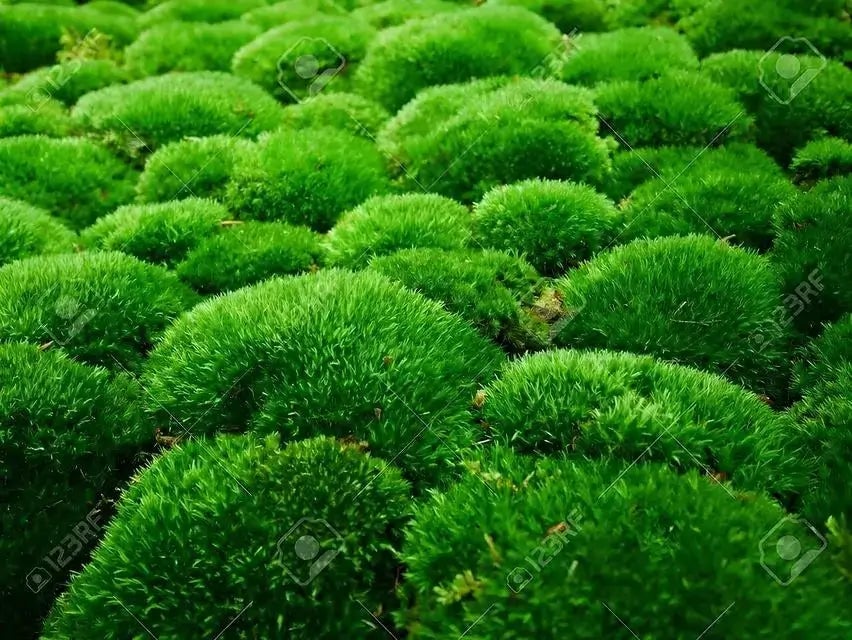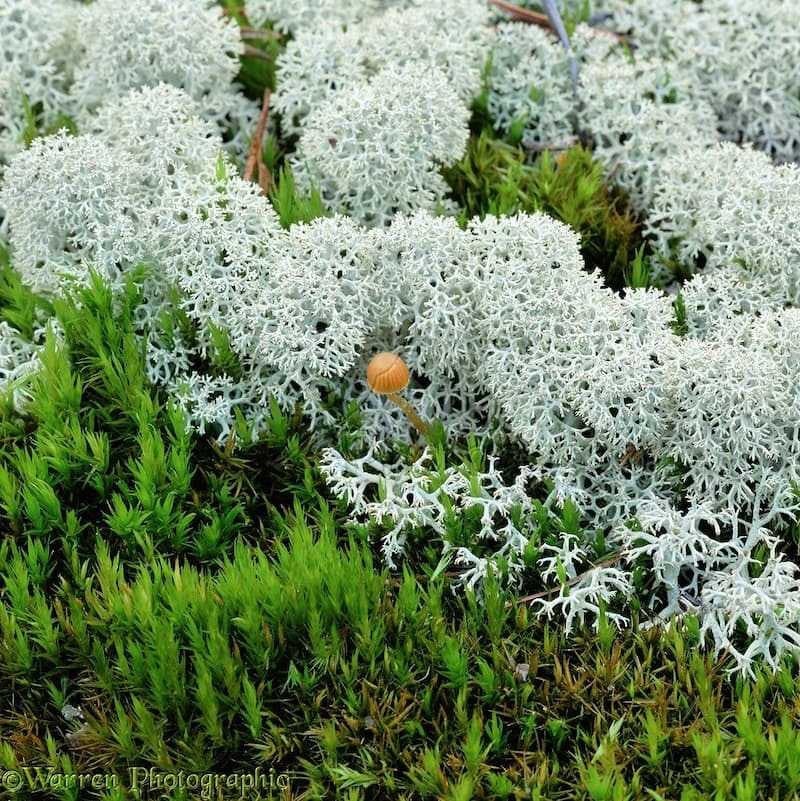As traditional lawns are gradually declining in popularity, many people are beginning to search for grass alternatives. There are plenty of non-grass options to choose from. Among the possibilities include wildflower meadows, vegetable patches, ornamental gardens, naturalization, and moss lawns.
There are many benefits to the alternatives to turf grass. Many provide pollinators with food while others make for beautiful and enviable outdoor spaces. A moss lawn is a great option, especially if you have moist and shaded conditions.
Keep reading for the benefits of having a moss lawn and learn how to create one yourself!
Where Did Lawns Originate?
Europeans in the 17th century began growing lawns as a status of their wealth. At that time, there were few tools to maintain a lawn. Grasses had to be grazed on by livestock or cut by hand with a scythe. Cutting grass to the perfect height was a tedious and never-ending chore for the gardener. Because of the amount of time and effort lawns required at the time, lawns could only be afforded by the most wealthy.
Then, grasses were often filled with weeds and other plants. To grow lawns primarily consisting of grass, landowners had to source their grasses from other places. As lawns increased in fashionability, people began to import grasses from other countries and other continents.
With colonization, the lawn craze gradually spread to North America. George Washington's prized lawn drew the attention of other Americans. After the Civil War, more and more landowners started to grow grass lawns.
With the advent of lawncare tools, lawns became more common. Nowadays almost everyone has a lawn on their property. However, lawns are no longer the status symbol of wealth that they once were.
What’s Better: A Grass or A Moss Lawn?
Grass is widely grown in the US. It is most often used for ornamentation but can also be used for athletic purposes and pets. It helps prevent erosion on slopes or where the soil is poor.
Maintaining a grass yard to a high standard means mowing more than once a week, fertilizing, irrigating, edging, spraying weed killer, reseeding, and repairing if needed.
Even those who put minimal effort into maintaining their lawns still have to mow them regularly. This takes a lot of their time and it costs money to maintain lawn care equipment. Having a landscaper take care of a lawn can be quite expensive.
Moss, however, is low to no maintenance. It never needs to be mowed or weeded and rarely needs to be watered. Moss will fill bare areas over time providing the lawn owner with a carpet of constant greenery.
Moss needs shade and damp conditions to grow, so it may not be suitable as a lawn replacement for everybody.
Moss Growing Conditions
Moss thrives in damp conditions and loves humidity. If you have a wet soil type that does not allow for grass to grow effectively, you may want to consider a moss lawn. Moss also prefers full shade and some types can tolerate part shade.
So, if you have damp soil and a shaded yard, a moss lawn may be the best grass alternative for you.
Benefits of a Moss Lawn
Imagine never having to mow or edge or spray weedkiller on your lawn! These are possible with moss lawns. They provide a green grass-like look with a fraction of the effort.
Once you install the moss, you will never need to spend money on weedkillers or fertilizers. Moss lawns are a great option for those who want to do less work and spend less money.
How to Grow a Moss Lawn
- Check your location and make sure you have moist soil and shade
- Measure your yard so you can decide how many square feet of moss sod you will need
- Order moss sod to be delivered when you can install it
- Remove turf grass with a sod removal machine (these can be rented from equipment stores)
- Lay moss sod to cover the area
- Water the moss to help it establish
Best Moss for a Lawn
There are plenty of moss plants to choose from, but which are best for moss lawns? Here is a list of the best moss for lawns. These mosses were selected and grown by horticulturalists to serve as the perfect grass alternative. They vary in sun exposure requirements, hues, and textures.
Lawn Moss
This is an exceptional moss to use as a grass alternative, it's even in the name! Lawn moss is the most popular to use to create a moss lawn because of its fine texture and soft feel. From a distance, it even looks like grass.
Zones: 4 to 9
Sun exposure: Sun or shade
Mature height: under 6 inches
Water: Average to moist, with humidity
Best for woodland gardens, as a lawn alternative, and containers
Sheet Moss
Sheet moss is another great moss lawn choice due to its lush appearance. It is low to no maintenance. Its soothing color provides woodland gardens with a welcoming and comforting appearance. Plus, it has a spreading habit and is easy to propagate. It is well worth it when you find out how much ground it can cover.
Zones: 4 to 9
Sun exposure: Full shade
Mature height: under 6 inches
Water: Average to moist, with humidity
Best for woodland gardens, as a lawn alternative, and containers.
Irish Moss
The rich, creamy Irish moss can make an ideal moss lawn for gardeners who are going for the rounded, textured look. It pairs well with other mosses and grows best in damp to soggy soil conditions
Zones: 5 to 9
Sun exposure: Part shade or full shade
Mature height: under 6 inches
Water: Average to moist, with humidity
Best for woodland gardens, as a lawn alternative, and containers.
Carpet Moss
Carpet moss blankets the ground it is placed on. As it gently creeps across the soil, it creates a lawn-like look without having to be maintained like grass. This easy, low-maintenance lawn alternative is ideal for gardeners who want the plant to do all of the work.
Zones: 4 to 9
Sun exposure: Part shade or full shade
Mature height: under 6 inches
Water: Average to moist, with humidity
Best for woodland gardens, as a lawn alternative, and containers.
Other Moss Options
Here are additional mosses that pair well with lawn moss. They have varying textures and colors and can be planted in woodlands, containers, and fairy gardens or terrariums.
Cushion Moss
Cushion moss feels exactly how it sounds. Its mound-like growing habit offers landscapes with a sense of rhythm. This rolling moss can be a great addition to woodland gardens or shaded rock gardens.
Zones: 4 to 9
Sun exposure: Full shade
Mature height: under 6 inches
Water: Average to moist, with humidity
Best for woodland gardens, fairy gardens, as a lawn alternative, and rock gardens.
Reindeer Moss
Reindeer moss feels like a coral reef looks. This unique plant has a spongy growing habit. Its shimmering, silver color is worth a double-take. This otherworldly moss can be grown in woodlands or containers.
Zones: 5 to 9
Sun exposure: Full shade
Mature height: under 6 inches
Water: Average to moist, with humidity
Best for woodland gardens, fairy gardens, as a lawn alternative, and containers.
Hedwigia Moss
The Hedwigia moss is an uncommon plant that has a very textured growth habit. Running your fingers through this plant is an otherworldly experience that can be enjoyed by children and adults alike.
Zones: 4 to 9
Sun exposure: Full shade
Mature height: under 6 inches
Water: Average to moist, with humidity
Best for woodland gardens, fairy gardens, as a lawn alternative, and containers.
Visit our online shop for a wide selection of plants and trees, or come say hi at our store location in Tennessee!
We offer fast shipping nationwide so you can start transforming your garden today!
If you have any questions about moss or if you have any other plant needs, don’t hesitate to contact us at [email protected], we’d love to hear from you!Read more
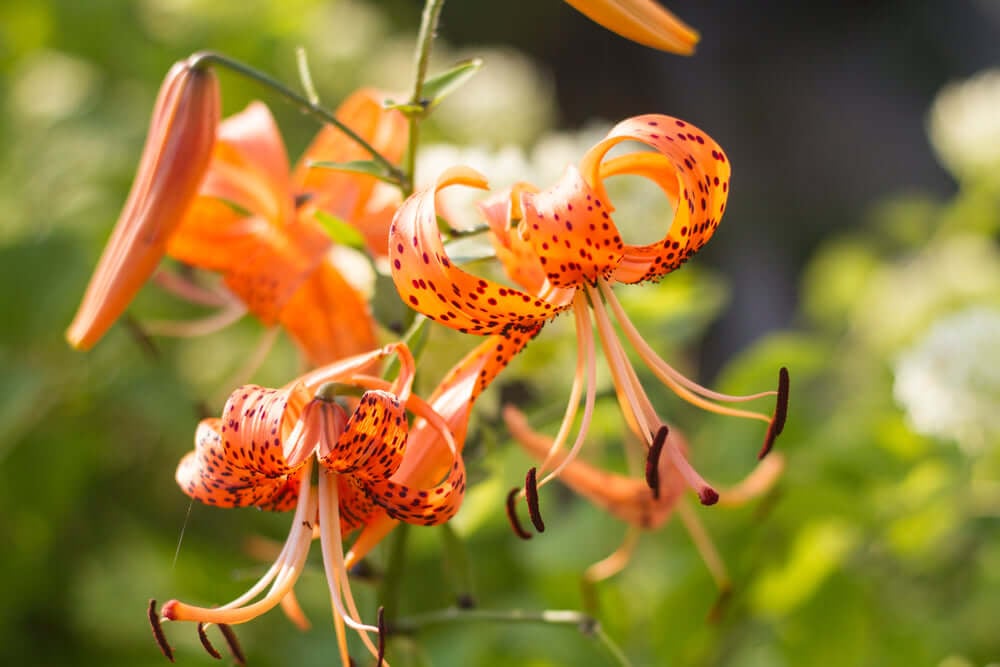
This is the complete care-guide for the Tiger Lily (Lilium lancifolium). The tiger lily is an easy-to-grow perennial that can be grown in USDA zones 3 to 8. It grows best in well-draining, organic ...
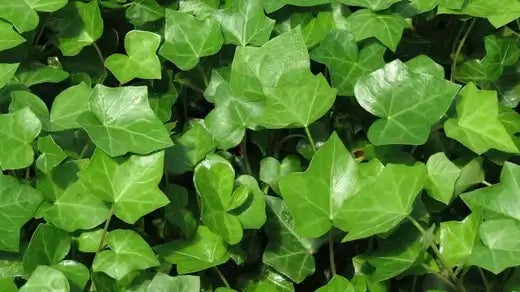
Vine plants make a beautiful backdrop to your landscape. When choosing a vine to plant, decide where it will grow and the support you can give it. You must also consider what type of trouble it can...


